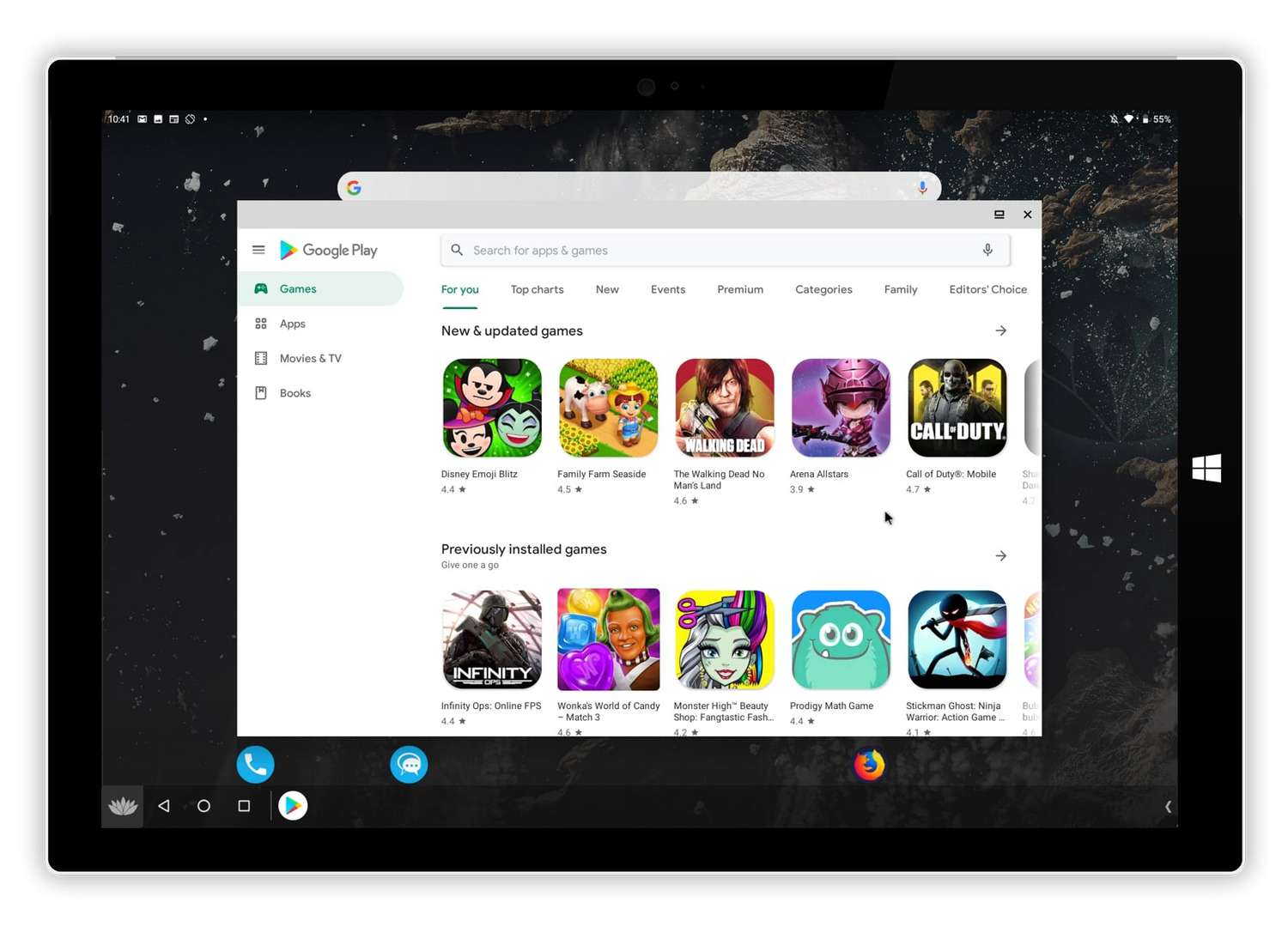
Introduction to Portable Android Emulators
Handheld devices have become integral to daily life. Android, developed by Google, stands as one of the most popular operating systems for these devices. Sometimes, testing or using Android applications on a PC becomes necessary without a dedicated Android device. Portable Android emulators offer a solution. This guide covers what portable Android emulators are, their benefits, how to use them, and some of the best options available.
What is a Portable Android Emulator?
A portable Android emulator is a software application enabling Android to run on a PC without installation. Unlike traditional emulators requiring installation and significant space, portable emulators are lightweight and easy to use. They can run directly from a USB drive or other portable storage devices, making them versatile.
Benefits of Using Portable Android Emulators
- Convenience: Carry it anywhere and use it on any PC without installation.
- Space Efficiency: Designed to be lightweight, taking up minimal space.
- Cross-Platform Compatibility: Compatible with both Windows and macOS.
- Testing and Development: Ideal for developers to test applications without cluttering the main development environment.
- Gaming: Allows gamers to experience Android games on a PC without a dedicated gaming console.
How to Use a Portable Android Emulator
Using a portable Android emulator is straightforward. Follow these steps:
Step 1: Download the Emulator
First, download the portable Android emulator from its official website or a trusted source. Ensure the source is reputable to avoid malware or viruses.
Step 2: Extract the Files
After downloading, extract the files from the compressed archive. Right-click on the downloaded file and select "Extract here" or use a tool like 7-Zip.
Step 3: Run the Emulator
Locate the executable file (usually named something like "Android Emulator.exe") and run it to launch the emulator.
Step 4: Configure Settings
Upon launching the emulator, configure settings such as resolution, keyboard layout, and other preferences. Settings may vary depending on the specific emulator.
Step 5: Install Apps
Install apps directly from the Google Play Store or by sideloading APK files. The process is similar to installing apps on an actual Android device.
Step 6: Use Your Emulator
With apps installed, use the portable Android emulator like any other Android device. Browse the web, play games, watch videos, and more.
Best Portable Android Emulators
Several excellent portable Android emulators are available. Here are some of the best:
BlueStacks
BlueStacks is one of the most popular Android emulators. It supports both Windows and macOS, offering a seamless user experience. BlueStacks allows running multiple instances of Android simultaneously, useful for developers testing different app versions.
- Pros: Easy to use, supports multiple instances, extensive app library.
- Cons: Can be resource-intensive, requires an internet connection for some features.
NoxPlayer
NoxPlayer is known for its speed and stability. It supports both Windows and macOS, offering customizable controls that can be mapped to a keyboard or gamepad.
- Pros: Fast performance, customizable controls, supports multiple instances.
- Cons: Some users report issues with certain apps not working properly.
MEmu
MEmu is versatile, supporting both Windows and macOS. It offers advanced features such as multi-instance support and customizable controls. MEmu also provides a built-in file manager and other tools for easier app management.
- Pros: Multi-instance support, customizable controls, built-in file manager.
- Cons: Some users find the interface cluttered.
Genymotion
Genymotion is primarily designed for developers but can be used by anyone needing a reliable portable Android emulator. It offers a wide range of virtual devices and supports both Windows and macOS.
- Pros: Wide range of virtual devices available, reliable performance.
- Cons: Requires registration for some features.
KOPLAYER
KOPLAYER is a lightweight option supporting both Windows and macOS. It offers fast performance and customizable controls that can be mapped to a keyboard or gamepad.
- Pros: Fast performance, customizable controls.
- Cons: Some users report issues with certain apps not working properly.
Troubleshooting Common Issues
While using a portable Android emulator is generally straightforward, some common issues might arise:
Performance Issues
If the emulator runs slowly or crashes frequently, it could be due to insufficient resources or outdated software. Ensure the computer meets the minimum system requirements specified by the emulator, and consider updating the software regularly.
App Compatibility
Some apps may not work properly due to compatibility issues. Try updating the app or using an older version if available.
Keyboard Layout
Issues with keyboard layout (e.g., keys not registering correctly) can be resolved by adjusting the keyboard settings within the emulator or mapping keys manually.
Network Connectivity
If unable to connect to the internet within the emulator, check that network settings are correctly configured and that no firewall restrictions block access.
Portable Android emulators offer a convenient way to experience Android on a PC without dedicated hardware. Whether for testing apps or playing games, there's an emulator to suit your needs. By following this guide and choosing the right emulator, enjoy all the benefits of Android in a portable and efficient manner.
